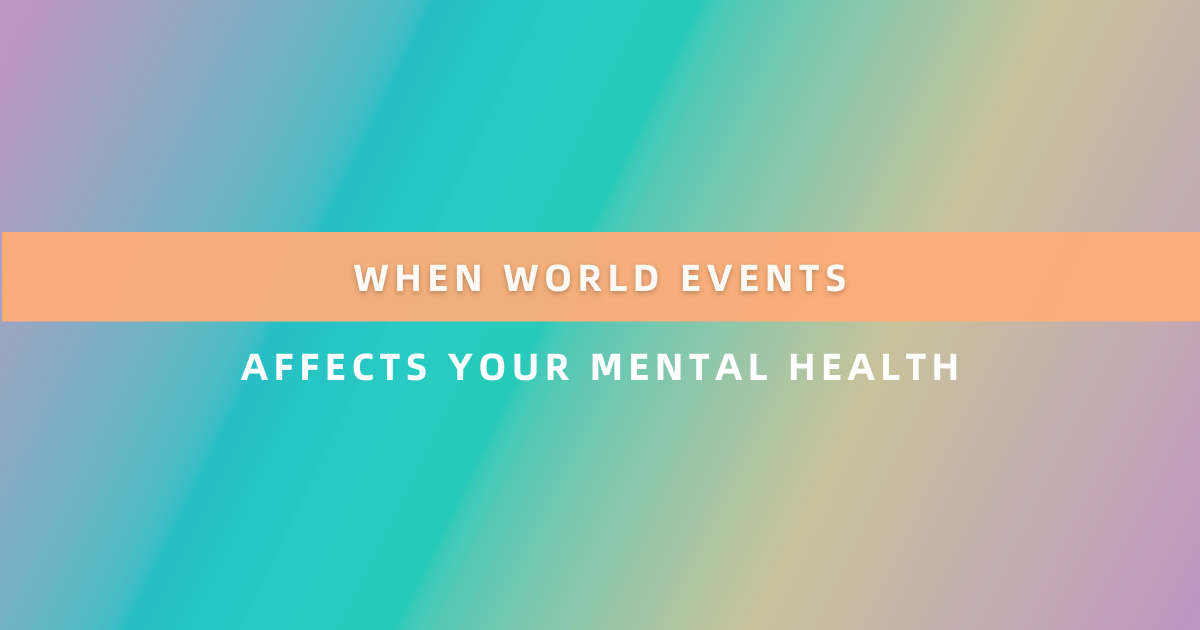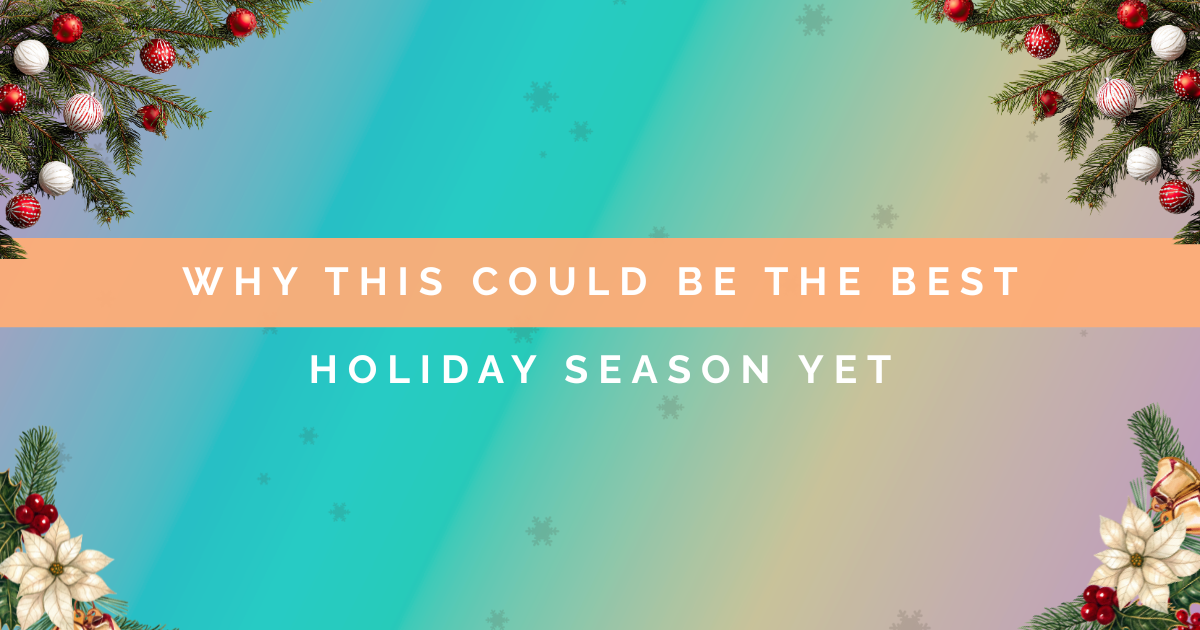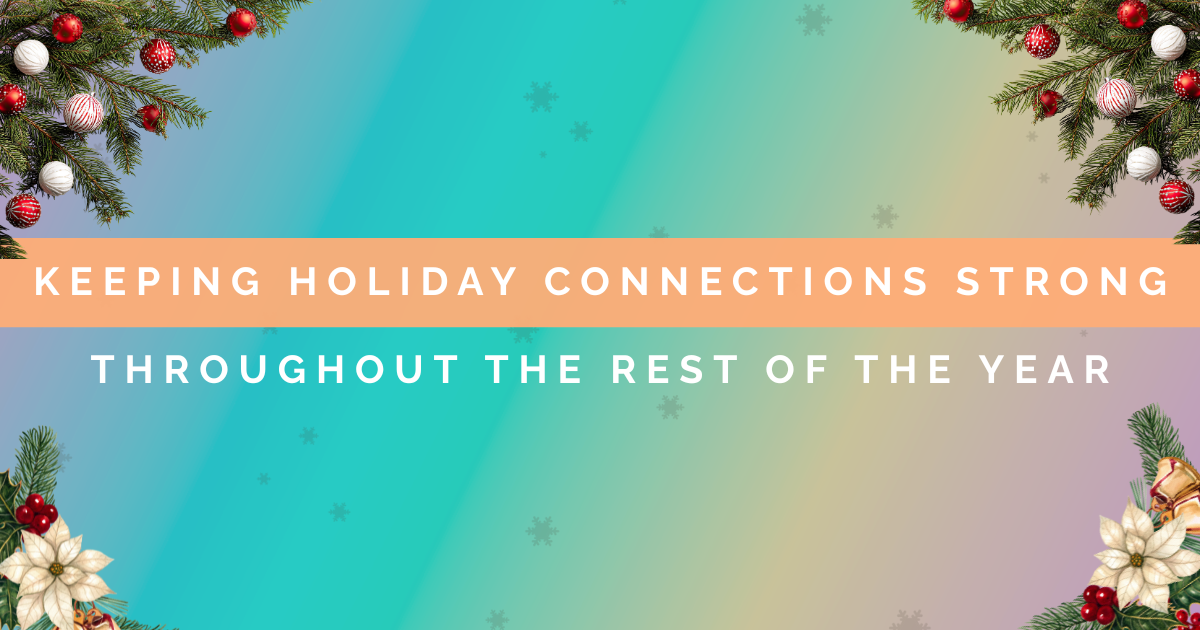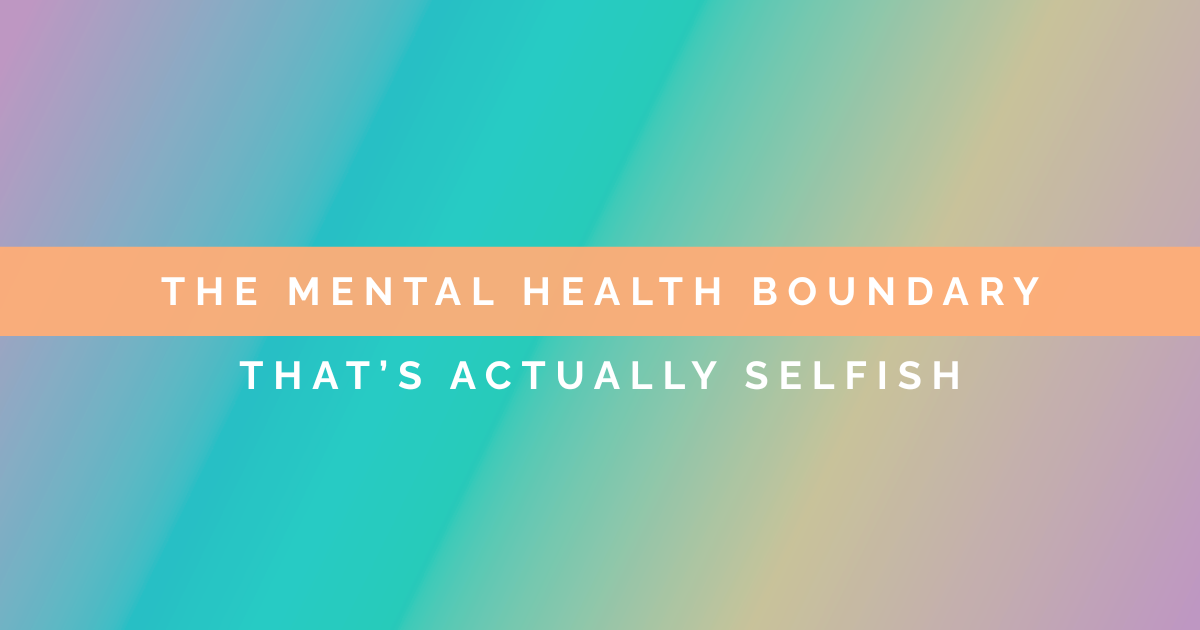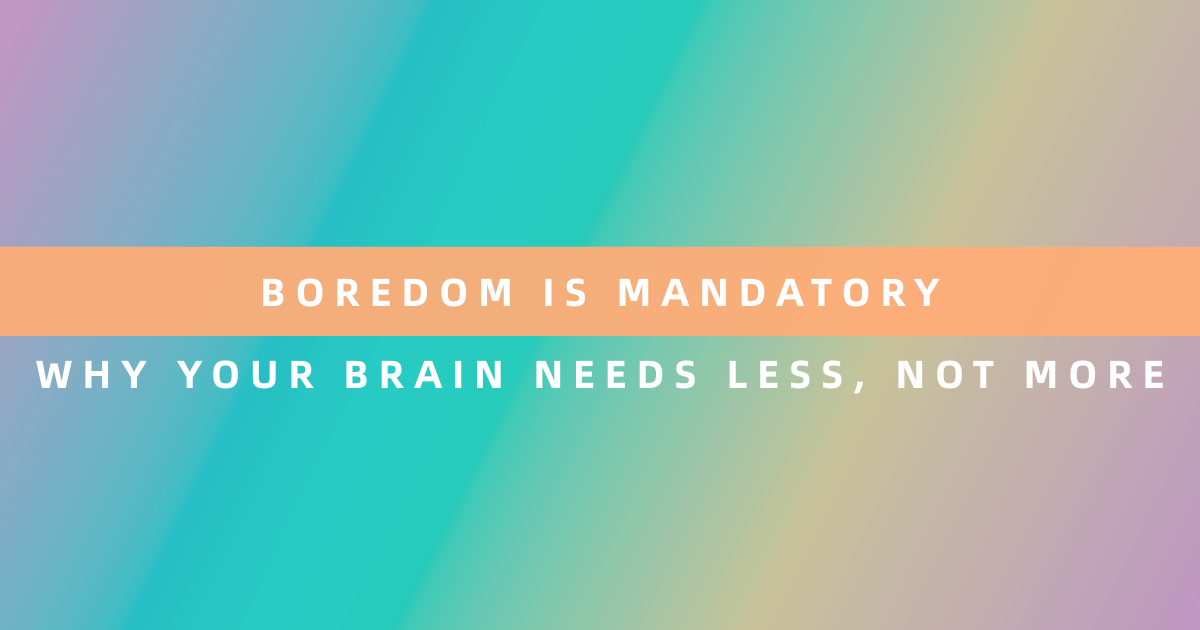The notification arrives at 3 AM, pulling you from restless sleep, another crisis, another tragedy, another threat to process before your feet hit the floor. Your phone buzzes with breaking news alerts while social media feeds overflow with apocalyptic predictions and heated debates. The weight of world events presses down on your chest, making it hard to breathe, harder still to imagine how to face another day in what feels like an increasingly chaotic world.
This experience has become devastatingly common. Recent research from the American Psychological Association reveals that 73% of adults report feeling overwhelmed by the number of crises facing the world today. The constant stream of disturbing news, from climate disasters to political upheaval, economic uncertainty to global health threats, creates a unique form of modern anxiety that our brains weren’t designed to process.
Yet even as the world feels more uncertain than ever, millions of people are discovering ways to stay informed without sacrificing their mental health. The key lies not in disconnecting entirely but in developing a healthier relationship with information consumption.
Understanding News-Induced Anxiety
The human brain evolved to respond to immediate, local threats, a predator in the bushes, a storm approaching the village. Today’s 24/7 news cycle hijacks these ancient survival mechanisms, flooding us with threats from across the globe that feel immediate and personal despite being geographically or temporally distant. This mismatch between our neurological wiring and modern information flow creates what researchers now recognize as news-induced anxiety.
The physiological impact extends beyond temporary mood changes. When we consume distressing news, our bodies activate the same stress response as if we were facing direct danger. Cortisol and adrenaline flood our systems, heart rate increases, muscles tense, and our immune response can become compromised. Unlike our ancestors, who experienced stress responses to immediate threats that then passed, modern news consumption keeps us in a state of chronic activation.
This constant state of alert particularly affects highly sensitive individuals and those with pre-existing anxiety conditions. The phenomenon of “headline stress disorder,” while not a formal diagnosis, describes a cluster of symptoms including:
- – Physical symptoms: headaches, fatigue, insomnia, digestive issues
- – Emotional symptoms: persistent worry, irritability, helplessness, numbness
- – Cognitive symptoms: difficulty concentrating, catastrophic thinking, rumination
- – Behavioral symptoms: compulsive news checking, social withdrawal, decreased productivity
The algorithmic nature of modern media amplifies these effects. Platforms designed to maximize engagement preferentially surface content that provokes strong emotions, particularly fear, anger, and outrage. Each click trains the algorithm to deliver more of the same, creating what researchers call “filter bubbles of despair” where users’ feeds become increasingly dominated by distressing content.
The Psychology of Collective Trauma
Global events create a unique form of collective trauma that differs from individual traumatic experiences. When entire populations simultaneously witness disasters, conflicts, or crises through media, we experience what psychologists term “vicarious traumatization.” This shared exposure to traumatic content creates psychological impacts similar to direct trauma exposure, even for those thousands of miles from actual events.
The interconnected nature of modern society intensifies collective trauma responses. Social media creates echo chambers where distress amplifies through repeated sharing and discussion. The comment sections become venues for processing collective grief, fear, and anger, but without the containing structures that traditional communities provided. This digital processing often increases rather than alleviates distress.
Understanding collective trauma helps normalize our responses to world events. The feelings of helplessness, grief for strangers, or existential anxiety about humanity’s future aren’t signs of weakness or overreaction; they’re natural responses to unprecedented global awareness. Our capacity for empathy, while beautiful, wasn’t designed to hold the suffering of billions simultaneously.
Creating Healthy Information Boundaries
Establishing boundaries around news consumption requires the same intentionality we bring to other aspects of health. Just as we wouldn’t eat continuously throughout the day, consuming information without limits overwhelms our psychological digestive system. Creating structure around when, how, and how much news we consume protects our mental health while keeping us appropriately informed.
Time Boundaries: Designate specific times for news consumption rather than allowing it to infiltrate your entire day. Many mental health professionals recommend the “bookend” approach, checking news once in the morning and once in the evening, with protected time between. Avoid news consumption during the first 30 minutes after waking and the last hour before sleep, as these transition times significantly impact mood and sleep quality.
Platform Boundaries: Choose your news sources intentionally. Prioritize reputable sources that provide context and analysis over those that sensationalize. Consider these guidelines:
- – Limit social media news consumption, where emotional amplification is highest
- – Choose print or audio news over video when possible, as visual content creates stronger stress responses
- – Unfollow or mute accounts that consistently share distressing content without a constructive purpose
- – Use website blockers or app timers to enforce consumption limits
Content Boundaries: Not all news requires your immediate attention. Develop criteria for what constitutes “need to know” versus “nice to know” information:
- – Information that directly affects your safety or immediate decision-making
- – Updates on situations where you can take meaningful action
- – Stories that align with your values and areas of influence
- – Content that provides solutions alongside problems
Emotional Boundaries: Recognize that you cannot hold all the world’s pain. Practice these protective strategies:
- – Set limits on discussing distressing news with others
- – Avoid “disaster bonding,” where relationships center on sharing bad news
- – Notice when empathy becomes emotional flooding, and step back
- – Remember that protecting your mental health enables sustained engagement
Distinguishing Between Staying Informed and Doom Scrolling
The line between responsible citizenship and compulsive consumption has become increasingly blurred. Staying informed supports civic engagement and personal safety, while doom scrolling, the compulsive consumption of negative news, harms mental health without providing actionable information. Understanding the distinction empowers healthier choices.
Characteristics of Healthy News Engagement:
- – Purposeful: You choose specific times and sources
- – Limited: You set and maintain boundaries
- – Balanced: You seek multiple perspectives and solution-focused content
- – Active: You engage with information thoughtfully
- – Actionable: You connect information to potential responses
Signs of Doom Scrolling:
- – Mindless: You scroll without conscious intention
- – Endless: You lose track of time while consuming
- – Negative: You seek increasingly distressing content
- – Passive: You consume without processing or responding
- – Paralyzing: Information increases anxiety without enabling action
The dopamine dynamics of doom scrolling mirror other behavioral addictions. Each disturbing headline triggers a stress response, which the brain interprets as important information requiring attention. The brief relief of moving to the next story creates a reward cycle, even as overall anxiety increases. Platform algorithms exploit this cycle, creating what technology ethicist Tristan Harris calls “human downgrading.”
Breaking the doom-scrolling cycle requires both awareness and replacement strategies:
- Notice physical sensations that signal overconsumption (tension, shallow breathing, fatigue)
- Practice the “STOP” technique: Stop, Take a breath, Observe your state, Pivot to intentional action
- Replace scrolling with constructive activities: exercise, creative pursuits, connection with loved ones
- Use technology mindfully: grayscale phone settings, notification management, designated device-free zones
Building Resilience During Uncertain Times
Resilience during global uncertainty doesn’t mean becoming indifferent to world events or maintaining toxic positivity. True resilience involves developing the capacity to witness difficulty while maintaining psychological flexibility and personal agency. This form of resilience acknowledges hard truths while cultivating resources for sustainable engagement.
Cognitive Resilience Strategies:
Perspective-Taking: While acknowledging current challenges, maintain a historical perspective. Humanity has survived and often thrived through countless crises. This isn’t minimizing current problems but rather contextualizing them within the broader human story.
Uncertainty Tolerance: Develop comfort with not knowing. Practice holding multiple possibilities without requiring immediate resolution. This might involve meditation, mindfulness practices, or simply sitting with uncomfortable feelings without rushing to fix them.
Meaning-Making: Viktor Frankl’s logotherapy demonstrates that humans can endure almost anything if they find meaning in it. Consider: How do current challenges connect to your values? What growth opportunities exist within difficulty? How might this period shape who you become?
Emotional Resilience Practices:
Emotional Granularity: Develop a rich vocabulary for emotional experiences. Instead of just “anxious,” might you feel “concerned,” “vigilant,” “activated,” or “protective”? Greater emotional specificity improves regulation and response flexibility.
Distress Tolerance: Build capacity to experience difficult emotions without immediately escaping. This doesn’t mean wallowing but rather allowing feelings to move through you. Techniques include progressive muscle relaxation, breathing exercises, and somatic practices.
Compassion Cultivation: Extend compassion both to yourself and others, navigating uncertainty. Self-compassion practices reduce anxiety and depression while increasing resilience. Remember that struggling with world events reflects your humanity, not weakness.
Behavioral Resilience Building:
Routine Creation: When the macro environment feels chaotic, micro-routines provide stability. Maintain consistent sleep schedules, meal times, and movement practices. These rhythms signal safety to your nervous system.
Circle of Influence Focus: Stephen Covey’s concept remains powerful; direct energy toward what you can influence rather than what merely concerns you. This might include local volunteering, supporting specific causes, or simply being kind to those around you.
Community Connection: Isolation amplifies anxiety while connection builds resilience. Prioritize relationships that nourish rather than deplete. Seek communities united by shared values and constructive action rather than just shared fears.
The Power of Purposeful Action
One of the most effective antidotes to news-induced helplessness is purposeful action. When we channel anxiety into meaningful response, we transform from passive victims to active participants in creating the world we want to see. This doesn’t require grand gestures; small, consistent actions aligned with values create profound psychological benefits.
Research on “activism as therapy” shows that taking action on issues we care about:
- – Reduces feelings of helplessness and despair
- – Increases sense of agency and control
- – Builds community connections
- – Provides meaning and purpose
- – Improves overall mental health outcomes
Finding Your Action Point:
- Identify issues that resonate most deeply with your values
- Assess your resources: time, skills, energy, finances
- Start small and sustainable rather than overwhelming yourself
- Connect with existing organizations rather than reinventing the wheel
- Celebrate small wins and progress rather than fixating on what remains undone
Action might look like:
- – Local volunteering for causes you care about
- – Financial support for effective organizations
- – Skill-sharing in your area of expertise
- – Community organizing around specific issues
- – Personal lifestyle changes aligned with values
- – Creative expression that processes or addresses concerns
The key is finding the sweet spot between engagement and overwhelm. Sustainable activism requires the same boundaries and self-care as sustainable news consumption. Burnout serves no one, while steady, purposeful action creates ripples of positive change.
Using Theryo to Track News Consumption’s Impact on Mood
Modern technology offers powerful tools for understanding how world events affect our mental health. Theryo’s AI-enhanced platform provides unique capabilities for tracking the relationship between news consumption and emotional well-being, offering personalized insights that empower healthier information habits.
Mood Tracking Features: Theryo’s daily check-ins allow you to log not just how you’re feeling but what you’ve been consuming. By noting when you’ve engaged with news and rating your subsequent mood, patterns emerge. You might discover that morning news consumption affects your entire day, while evening news disrupts sleep. Or perhaps certain topics trigger stronger responses than others.
AI-Powered Pattern Recognition: The platform’s AI analyzes your entries to identify correlations that human awareness might miss. It might be noticed that your anxiety spikes not immediately after news consumption but several hours later. Or that certain types of news (visual versus written, local versus global) create different emotional impacts. These insights transform vague sensations into actionable information.
Personalized Recommendations: Based on your unique patterns, Theryo provides customized strategies. If data shows morning news consumption consistently lowers mood, it might suggest alternative morning routines. If certain topics prove particularly triggering, it can help you develop specific coping strategies for when exposure is unavoidable.
Progress Tracking: Over time, Theryo helps you see how boundary-setting and coping strategies impact your resilience. You can track whether limiting news consumption to specific times improves overall mood or if adding purposeful action reduces helplessness. This concrete feedback motivates continued healthy habits.
Trigger Identification: The platform helps identify subtle triggers you might not consciously recognize. Perhaps it’s not just negative news but the anticipation of checking the news that creates anxiety. Or maybe certain voices, images, or writing styles affect you more than the content itself. This granular understanding enables precise interventions.
Integration with Coping Strategies: Theryo doesn’t just identify problems, it helps implement solutions. When patterns show news-induced anxiety, the platform can prompt coping strategies: breathing exercises, grounding techniques, or reminders to engage in planned self-care activities. Over time, these interventions become automatic responses to recognized triggers.
Creating Sustainable Engagement Practices
Long-term mental health during global uncertainty requires developing sustainable practices rather than temporary fixes. This means creating systems that acknowledge the ongoing nature of world challenges while protecting psychological resources for continued engagement.
The Rhythm of Engagement and Rest: Like any sustainable practice, engaging with difficult world events requires periods of rest and restoration. Consider creating rhythms like:
- – Weekly “news sabbaths” where you completely disconnect
- – Monthly reflection sessions to process the accumulated emotional impact
- – Quarterly reviews of your information consumption habits
- – Annual retreats focused on restoration and perspective
Building Support Systems: Navigate global uncertainty within the community rather than isolation.
- – Find or create processing groups for discussing world events constructively
- – Identify friends who can help you maintain perspective during anxiety spirals
- – Connect with mental health professionals who understand collective trauma
- – Join communities focused on solution-building rather than just problem-sharing
Developing Wisdom Practices: Cultivate practices that provide a broader perspective:
- – Study history to understand humanity’s resilience through challenges
- – Engage with philosophy or spirituality for meaning-making frameworks
- – Practice meditation or contemplation for emotional regulation
- – Connect with nature for grounding and perspective
Maintaining Hope Without Denial: The goal isn’t toxic positivity but rather what Cornel West calls “prisoner of hope”, acknowledging hard truths while maintaining faith in human capacity for growth and change. This involves:
- – Seeking out stories of positive change and human resilience
- – Celebrating small wins and progress markers
- – Maintaining vision for a better future while working in the present reality
- – Remembering that despair is not required for caring deeply
Moving Forward with Intention
As we navigate an era of unprecedented global awareness and interconnection, developing healthy relationships with world events becomes a crucial life skill. The goal isn’t to become callous or disconnected but rather to engage sustainably with the level of information our modern world provides.
Remember that your mental health is not a luxury but a necessity, both for your well-being and for your capacity to contribute positively to the world. By implementing boundaries, developing resilience practices, and using tools like Theryo to understand your unique patterns, you can stay informed and engaged without sacrificing psychological well-being.
The world needs people who can witness difficulty without being destroyed by it, who can maintain hope without denying reality, who can take action without burning out. By protecting your mental health during global uncertainty, you preserve your capacity to be one of those people, a light in dark times, steady in the storm.
Your well-being matters, not just for you but for everyone whose life you touch. In protecting your peace, you create ripples of calm in an anxious world. In maintaining your hope, you kindle possibility for others. In taking sustainable action, you demonstrate that engagement without overwhelm is possible.
The path forward requires intention, practice, and often support. But with the right tools and understanding, you can develop a relationship with world events that honors both your compassion and your humanity. The world’s challenges are real and significant, and so is your capacity to meet them with wisdom, resilience, and sustained engagement.
Ready to develop a healthier relationship with world events? Theryo’s AI-enhanced platform helps you track how news consumption affects your mood, develop personalized coping strategies, and build resilience during uncertain times. Take control of your mental health while staying meaningfully engaged with the world. Start your journey to balanced awareness today.
Frequently Asked Questions
Q: How can I stay informed about important events without triggering anxiety?
Create a structured approach: designate specific times for news consumption (like 15 minutes at lunch), choose reputable sources that provide context over sensationalism, and focus on weekly summaries rather than breaking news. Consider audio or print news over visual media, and always follow news consumption with a grounding activity.
Q: Is it selfish to limit news consumption when terrible things are happening?
No. Protecting your mental health enables sustained engagement with world issues. Consuming news to the point of paralysis helps no one. Think of it like airplane oxygen masks, you must secure your own before helping others. Sustainable engagement requires boundaries.
Q: What’s the difference between healthy concern and news anxiety?
Healthy concern motivates constructive action and allows you to function normally. News anxiety creates persistent worry, physical symptoms, sleep disruption, and paralysis. If world events consistently interfere with daily life, relationships, or work, you’ve likely crossed into unhealthy territory.
Q: How do I explain to others why I’m limiting news without seeming uncaring?
Frame it as strategic engagement: “I’m focusing my energy on areas where I can make a difference rather than consuming everything. I stay informed weekly and channel my concern into [specific action].” Most people understand when you emphasize effectiveness over consumption.
Q: Should I completely avoid news during mental health crises?
During acute mental health challenges, significantly limiting news is often necessary. Work with your healthcare provider to determine appropriate levels. You might designate a trusted friend to alert you to truly essential information while you focus on recovery.
Q: How can I tell if I’m doom-scrolling versus staying informed?
Check in with yourself: Are you seeking specific information or scrolling aimlessly? Do you feel more empowered or more anxious after consuming news? Are you losing track of time? If you’re scrolling without purpose and feeling worse, you’re likely doom-scrolling.
Q: What should I do when friends constantly share distressing news?
Set gentle boundaries: “I care about these issues, but need to limit my exposure for mental health. Could we also share positive developments or actions we can take?” If needed, use platform tools to mute certain topics while maintaining friendships.
Q: How can Theryo help me understand my news consumption patterns?
Theryo’s mood tracking features allow you to log when you consume news and track emotional impacts over time. The AI identifies patterns, like whether morning news affects your whole day or if certain topics trigger stronger responses. This data helps you make informed decisions about consumption habits.
Q: Is it normal to feel guilty when good things happen in my life during global crises?
Completely normal. This “survivor’s guilt” reflects empathy and awareness. Remember that your suffering doesn’t help others, while your well-being enables you to contribute positively. Practice both gratitude for your circumstances and action for others.
Q: How do I handle news-related conflicts with family members?
Establish boundaries around political discussions, agree on news-free times during gatherings, and redirect to shared values rather than divisive topics. If someone insists on discussing distressing news, politely excuse yourself: “I need to step away from this topic for my well-being.”
Q: What are quick techniques for managing news-induced panic?
Try the 5-4-3-2-1 grounding technique: identify 5 things you see, 4 you can touch, 3 you hear, 2 you smell, 1 you taste. Practice box breathing (4 counts in, hold 4, out 4, hold 4). Step away from screens and engage in physical movement. Remember: you’re safe in this moment.
Q: How can I teach my children about world events without traumatizing them?
Provide age-appropriate information focusing on helpers and solutions. Limit their exposure to graphic imagery and adult news. Answer questions honestly but simply. Emphasize safety in their immediate environment and actions they can take. Monitor for signs of anxiety.
Q: When should I seek professional help for news-related anxiety?
Seek help if news anxiety persistently interferes with sleep, work, relationships, or daily functioning; if you experience panic attacks related to world events; if you can’t stop checking news despite negative impacts; or if you feel hopeless about the future for extended periods.
Q: How do I balance being an engaged citizen with protecting my mental health?
Focus on sustainable engagement: choose specific issues aligned with your values, take concrete actions within your capacity, stay informed through weekly summaries rather than constant updates, and remember that burning out serves no cause. Quality of engagement matters more than quantity of consumption.
Q: Can positive news consumption help, or is it just denial?
Intentionally seeking solution-focused journalism and stories of human resilience isn’t denial, it’s balance. Our brains need evidence that positive change is possible to maintain motivation. Aim for realistic hope: acknowledging challenges while also recognizing human capacity for growth and problem-solving.


